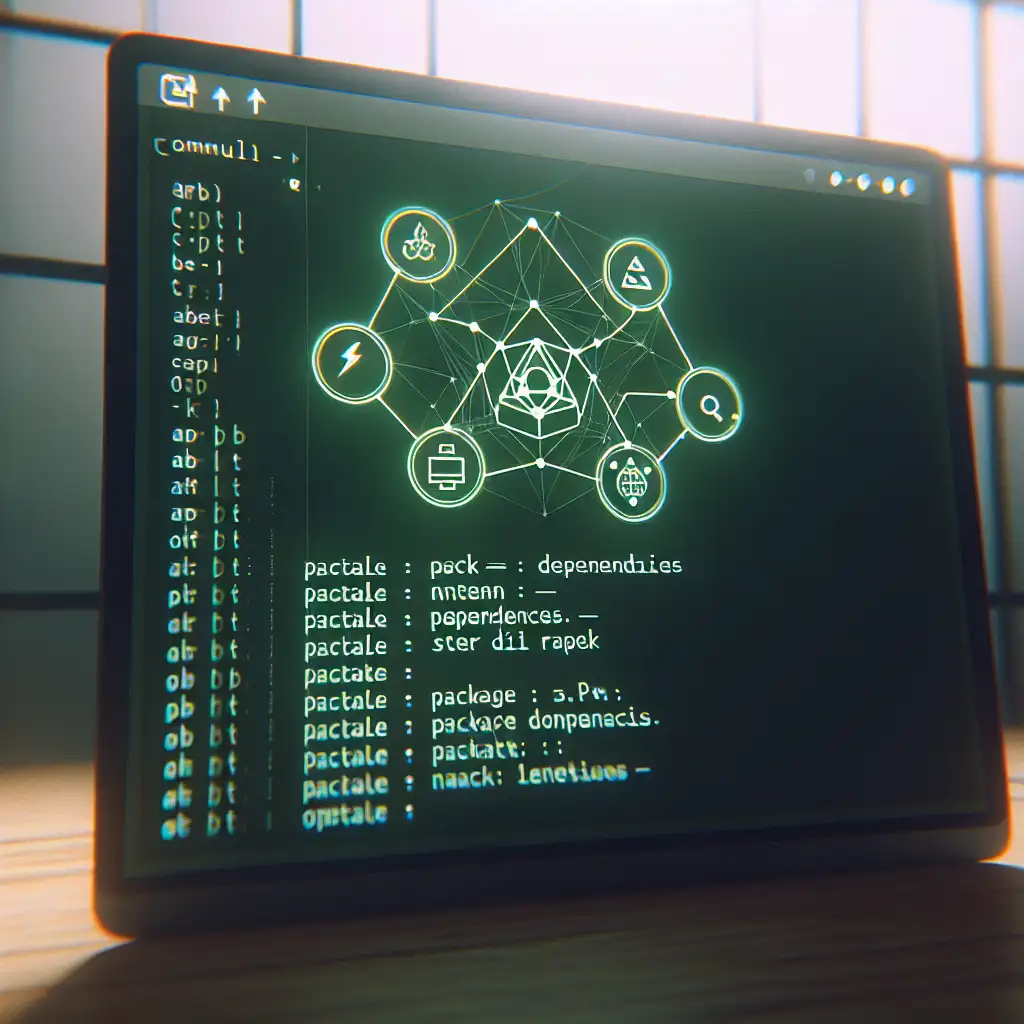Mastering the Installation of APT on Custom Linux Distros: A Practical Guide
Most users take APT for granted because it comes pre-installed on Debian-based systems like Ubuntu, Mint, and more. But what if you’re working with a stripped-down or custom Linux build where APT isn’t available out-of-the-box? This guide flips the script by walking you through the essentials of installing and configuring APT from scratch, empowering you to maintain robust package management anywhere.
Why Install APT Manually?
APT (Advanced Package Tool) is the backbone of package management in Debian-based systems. It handles software installation, upgrades, and dependency resolution smoothly. On custom or minimal Linux distros — think embedded devices, containers, or custom-built images — you might be missing this critical piece. Installing APT correctly ensures:
- Reliable software management
- Cleaner upgrades
- Stable and manageable system environment
Prerequisites Before Installing APT
Before jumping into installation, ensure:
- You have root or sudo access.
- The system has an active internet connection to fetch packages.
- Your custom distro uses Debian-compatible package formats (
.debfiles)—if not, you may need to convert or adjust your approach accordingly. - Basic GNU tools like
dpkgare available or installable (APT depends ondpkgat its core).
Step 1: Getting the Core dpkg Tool
APT depends directly on dpkg, the Debian package manager that actually installs .deb files.
Option 1: Use Existing dpkg
Check if dpkg is installed:
dpkg --version
If installed, great—move to Step 2.
Option 2: Install dpkg Manually
If not installed, download a suitable dpkg .deb package from the official Debian repositories (choose the correct version and architecture):
wget http://ftp.debian.org/debian/pool/main/d/dpkg/dpkg_<version>_<arch>.deb
Once downloaded:
ar x dpkg_<version>_<arch>.deb
tar -xvf data.tar.xz -C /
This extracts dpkg binaries into your filesystem. Alternatively, if ar is unavailable, consider downloading a precompiled static binary of dpkg.
Verify after installation:
dpkg --version
Step 2: Download APT Package and Dependencies
APT requires several other libraries; you need to pull these .deb files manually.
Find Required Packages
At minimum, you need:
- apt
- libapt-pkgX.X (e.g., libapt-pkg6.0)
- libbz2-1.0 (if not present)
- liblzma5 (if not present)
- libc6 and other system libs should already exist on your distro
Grab packages from Official Debian mirrors or snapshots here:
https://packages.debian.org/
Example download commands:
wget http://ftp.debian.org/debian/pool/main/a/apt/apt_<version>_<arch>.deb
wget http://ftp.debian.org/debian/pool/main/a/apt/libapt-pkg6.0_<version>_<arch>.deb
Make sure versions are compatible.
Step 3: Install Packages Using dpkg
Once downloaded, install dependencies first:
sudo dpkg -i libapt-pkg6.0_<version>_<arch>.deb
sudo dpkg -i apt_<version>_<arch>.deb
If dependency errors occur (missing packages), download and install those as well.
Tip: If errors crop up related to unmet dependencies, consider installing them in order or use:
sudo apt-get install -f
But this only works if APT is partially working; otherwise manual download/install is needed.
Step 4: Configure Basic APT Sources
APT requires a source list file specifying package repositories to pull updates from.
Create /etc/apt/sources.list. For example:
sudo tee /etc/apt/sources.list > /dev/null <<EOF
deb http://deb.debian.org/debian stable main contrib non-free
deb http://security.debian.org/debian-security stable-security main contrib non-free
EOF
Modify URLs according to your Debian version (stable, buster, etc.) or mirror preference.
Step 5: Update Package Lists and Verify Installation
Run:
sudo apt update
You should see APT fetching package lists successfully.
Test by installing a small package:
sudo apt install nano
This confirms that your APT installation works correctly with repository access and dependency management in place.
Troubleshooting Tips
- Missing certificates: If HTTPS fetchers fail, ensure CA certificates are installed (
ca-certificatespackage). - Broken dependencies: Manually download missing dependencies as
.deb, install viadpkg. - Non-Debian base: This guide assumes Debian-compatible base system; other distros require native tools.
Wrapping Up
Installing APT manually may seem daunting but brings powerful control over your minimal/custom Linux setups. By carefully obtaining and configuring core components like dpkg, libraries, and repository sources, you enable smooth software management wherever traditional installers aren’t present.
With this practical guide in hand, you’re ready to build robust environments with proper package handling—even when starting from barebones Linux systems.
Happy packaging!
